
According to a recent BBC article, a British student has broken a “religious code” from the 18th century. What is behind it?
In 2008 the magazine “The Canadian Philatelist” published an interesting article about encrypted postcards. Among other things, this article mentions a nice pigpen-enciphered postcard you can try to decipher.
From 1833 to 1836 two lovers in England exchanged 35 love messages via encrypted newspaper advertisements. The key is known. Can my readers help me to decrypt these messages?
The year starts with a cryptogram that is easy to solve. In 1817 English novelist Jane Austen sent an encrypted letter with new year’s greetings to her niece. Can you decipher this message?
In 1924, British mountaineers George Mallory and Andrew Irvine died trying to be the first to climb Mount Everest. An encrypted telegram reported the drama to their homeland. A blog reader identified the codebook that was used, but there is still one word, the meaning of which is unknown.
In 1926 a US newspaper published a series of crime stories that involved encrypted messages. Here are four of them. Can you break them?
Craig Bauer, mathematics professor and crypto history expert, lets his students solve old ciphertexts as homework. Here are three especially interesting cryptograms Craig’s students have to break.
Already 30 years ago, US historian Albert C. Leighton collected historical cryptograms and tried to coordinate the study of these. He even thought of an equivalent of today’s crypto history conference, HistoCrypt. To my regret, nobody seems to know what happend to his collection after his death.
Two years ago, I blogged about an encrypted notebook from the Soviet Union. Within a few days, a reader solved this crypto mystery. It is high time that I introduce this solution in a blog post.
The Rohonc Codex, one of the world’s most famous crypto mysteries, appears to have been solved. Here are the details about the solution.
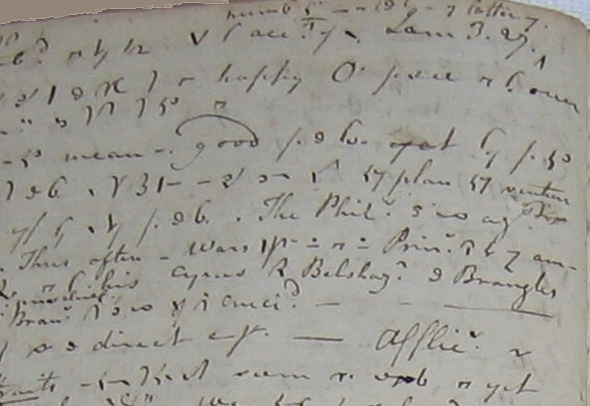

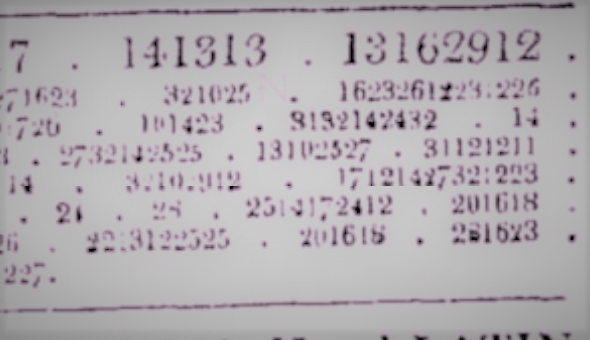
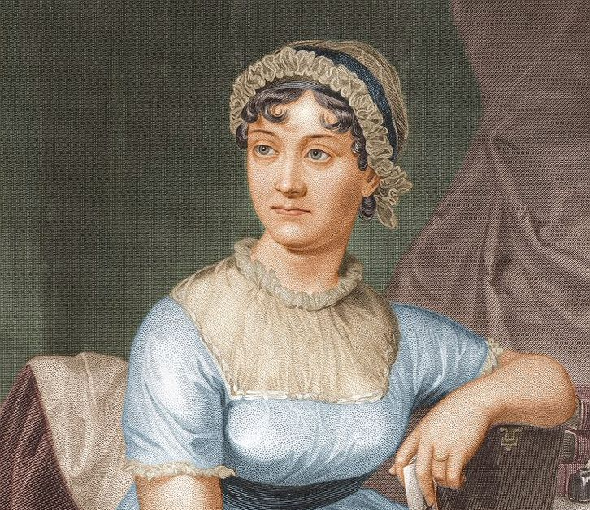
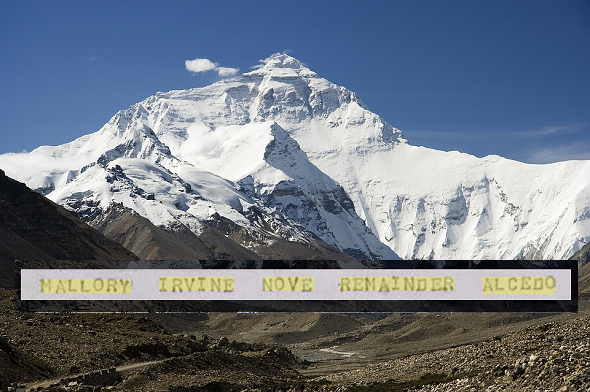

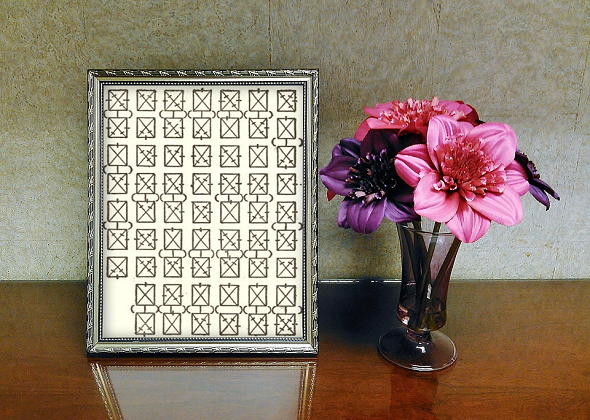
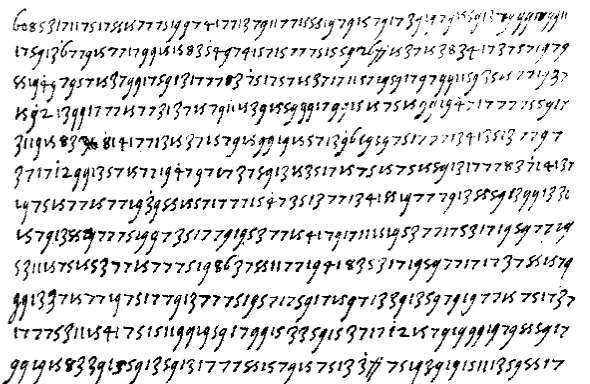
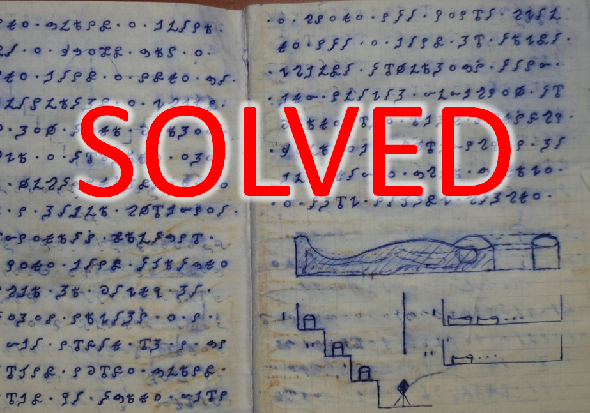
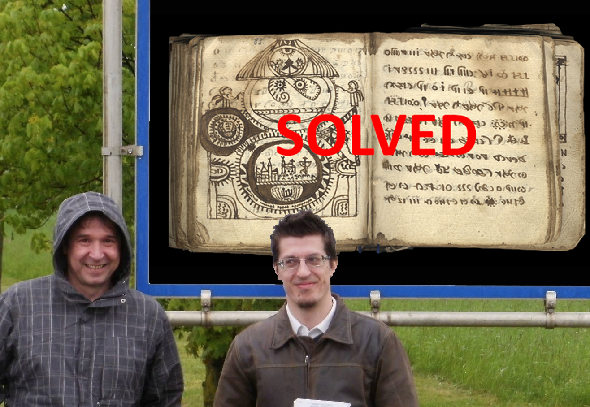

Letzte Kommentare